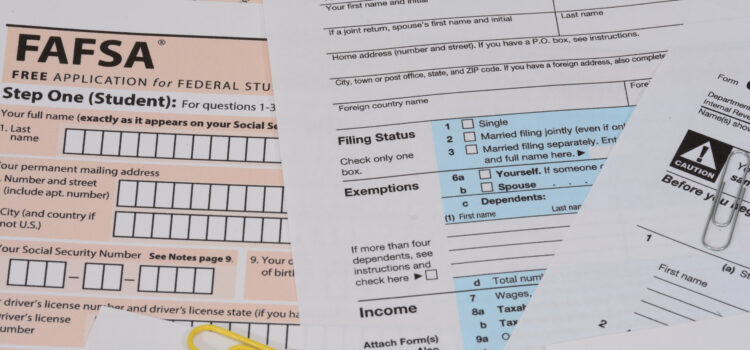
Recent data has found a recorded drop in applications of the Free Applications for Federal Student Aid (FAFSA) among California high school students.
Financial aid helps assist students to receive higher education and attend college. It is meant to be completed by current and prospective college students in the United States to determine their eligibility for
student financial aid.
Although there is an overall increase in FAFSA applications, these applications have been submitted from students who are already in college. According to EdSource, completion of the application by high school students is down 11 percent. Data for the California Dream Act applications are down 45 percent.
There has been a substantial drop off for students 18 and under, reflecting the high school population. Last week, data showed only 314,855 students under age 18 filled and submitted the FAFSA application. This is 27,522 fewer than last year.
Many educators are worried that this is due to the pandemic and has affected low-income students the most.
Forbes reported the drop is most pronounced at high schools that are eligible for federal Title I funding, which means at least 40 percent of their students come from low-income families. At those schools, FAFSA completion among high school seniors is down 18.5 percent, compared with 13 percent at non-Title I-eligible schools. At schools where Black and Hispanic students make up more than 40 percent of the population, FAFSA completion has dropped 20.7 percent.
This data may mean fewer students entering college next Fall semester. There will be a significantly less amount of enrolled lower-income students, which could push them further back.
There has been a record high of applications to Universities of California, both in high school graduates and transfers. The UC system reported an all-time record. Preliminary data showed that they received a total of 249,855 applications 203,700 from freshman applicants and 46,155 from aspiring transfer students. This was a 16.1 percent increase.
However, there has been a sharp decline in community colleges applications. The Hechinger Report reported the decline in first-time enrollment at community colleges was at 21 percent. Black, Hispanic, and Native American first-year students recording even steeper drops, between 28 and 29 percent.
Again, this implies the impact being felt from groups who tend to come from disadvantaged backgrounds and possible questioning of their ability to be able to attend college due to the COVID-19 pandemic.
What is also worrying is that fewer students equal less revenue for community colleges. This could lead to cuts at the very institutions so many depend upon as the first step toward economic mobility.